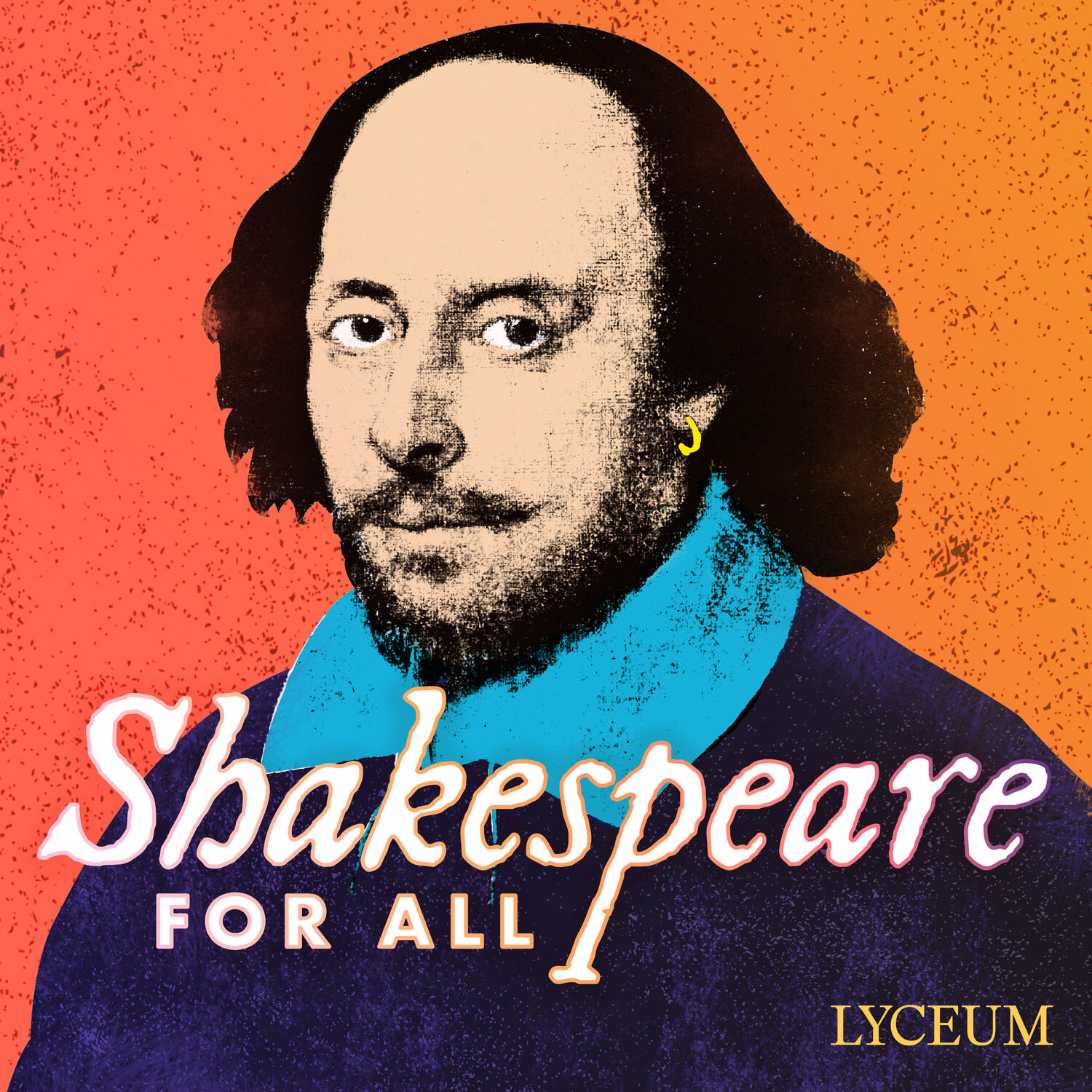King Lear
“CAN YOU MAKE NO USE OF NOTHING?”
What You'll Learn
The story of King Lear and the literary sources and traditions behind the play
The way Shakespeare revised his sources and his own work to create a new kind of tragedy
The way the play explores both intimate family dynamics and cosmic metaphysical questions, especially the question of “nothing”
Course Outline
Episode 1: King Lear - the Story
Episode 2: King Lear - the Characters, Context, and Questions
Episode 3: King Lear - the Language
Works Consulted for this Course
Garber, Marjorie B. Shakespeare After All. New York: Pantheon Books, 2004.
Smith, Emma. This Is Shakespeare. New York: Pantheon Books, 2020.
Synder, Susan. “King Lear: A Modern Perspective.” Folger Shakespeare Library. <https://shakespeare.folger.edu/shakespeares-works/king-lear/king-lear-a-modern-perspective/>
Greenblatt, Stephen. “Introduction,” King Lear. in Shakespeare, William. The Norton Shakespeare. Edited by Stephen Greenblatt, Walter Cohen, Suzanne Gossett, Jean E. Howard, Katharine Eisaman Maus and Gordon McMullan. 3rd ed. New York: W. W. Norton & Company, 2016.
Shakespeare, William. King Lear. Edited by Jonathan Bate and Eric Rasmussen. The RSC Shakespeare. New York: Random House Publishing Group, 2009.
Shakespeare, William. King Lear. Edited by R.A. Foakes. The Arden Shakespeare. London: Bloomsbury Publishing Plc, 1997.
King Lear has perhaps the most expansive cosmic scope of any of Shakespeare’s tragedies. In this play, Shakespeare retells the story of an aging king from Britain’s ancient past who divides his kingdom among his daughters, only to have them turn against him. This story originally had a redemptive, tragi-comic ending; Shakespeare takes that story and changes it to create an almost scandalously shocking tragedy. In this course, you’ll learn the story of King Lear, hear the play’s key speeches performed and analyzed by world-class Shakespearean actors and literary scholars, and watch Shakespeare strip the world down to nothing.
In Part 1, you’ll be guided through a detailed account of the story with commentary by Simon Palfrey, Professor of English at the University of Oxford. You’ll see how Shakespeare structured his play around parallel storylines and characters to draw out its key themes, and how he used the character of “Poor Tom” — a beggarly madman whose words are often dismissed as nonsense — to take the play into unexpected metaphysical territory. This summary is told using the language of the play itself, placing key quotations in context to help you understand where these lines come from and what they mean.
Part 2 explores the way that Shakespeare revised the original Lear story and the way he revised his own play to create a uniquely wrenching form of tragedy. Professor Palfrey also discusses the literary and generic traditions that inspired the play, showing how the central characters can be interpreted very differently depending on the literary lens through which we see them. Finally, we focus on the recurring concept of “nothing” in the play, watching how King Lear strips everything away from its characters to reveal what might lie at the bare foundation of human life.
In Part 3, Professor Palfrey offers close-readings of some of the play’s most significant scenes. You’ll witness the king and the beggar in the heart of a storm; the naked man and the blind man on the edge of a cliff; and the father and daughter on the cusp between life and death; and you’ll learn how Shakespeare takes us into strange, impossible new places via the words and bodies of his actors.
You can hear the third episode of this course for free below. For the full course, subscribe today on Himalaya Learning. Use the promo code SHAKESPEARE for 14 days free.
Speeches and Performers
Lear and Edgar, 3.4, “Poor naked wretches …” (Michael Bertenshaw)
Edgar and Gloucester, 4.6, “Come on, sir …” (Kelly Hunter, MBE)
Lear, Edgar, and Kent, 5.3, “And my poor fool is hanged …” (Michael Bertenshaw)
Course Instructor
Simon Palfrey
Professor of English at the University of Oxford
Simon Palfrey is Professor of English at Brasenose College at the University of Oxford. His recent work explores the unique kinds of life generated by dramatic, poetic, and fictional forms and the opportunities this opens up for more imaginative, philosophically adventurous, and politically engaged critical work. His books include Doing Shakespeare (Arden, 2004; 2nd ed. 2011), a TLS International Book of the Year; Shakespeare in Parts (Oxford, 2007, with Tiffany Stern), the MRDS Book of the Year; Poor Tom (Chicago, 2014); Shakespeare's Possible Worlds (Cambridge, 2014); and the novel Macbeth, Macbeth (Bloomsbury, 2016, written with Ewan Fernie). Professor Palfrey’s current project is the twice AHRC-award-winning Demons Land: a poem come true, a mixed media event (film, drama, dance, paintings, sculptures, soundscapes, text) that imagines an island built in the image of Spenser’s epic poem, The Faerie Queene. Professor Palfrey is writer and director of the project, whose latest iteration is a collaboration with indigenous Australian artists and practitioners, exploring different understandings of home, land, and country; for more details, see demonsland.com.



